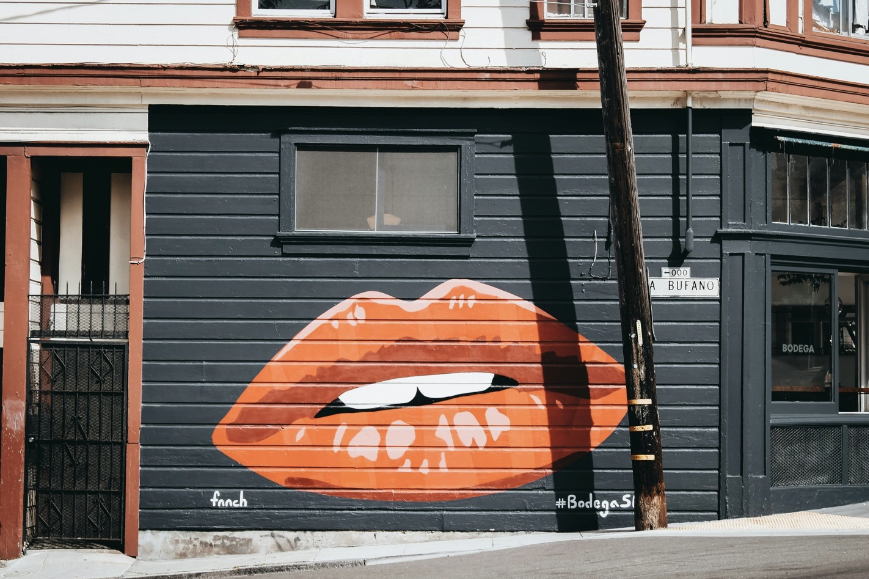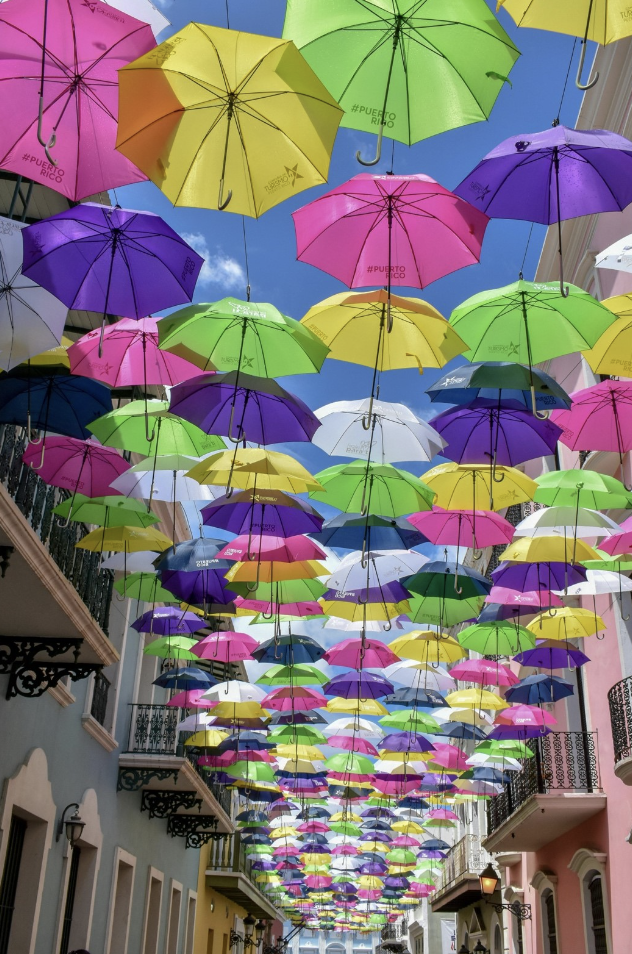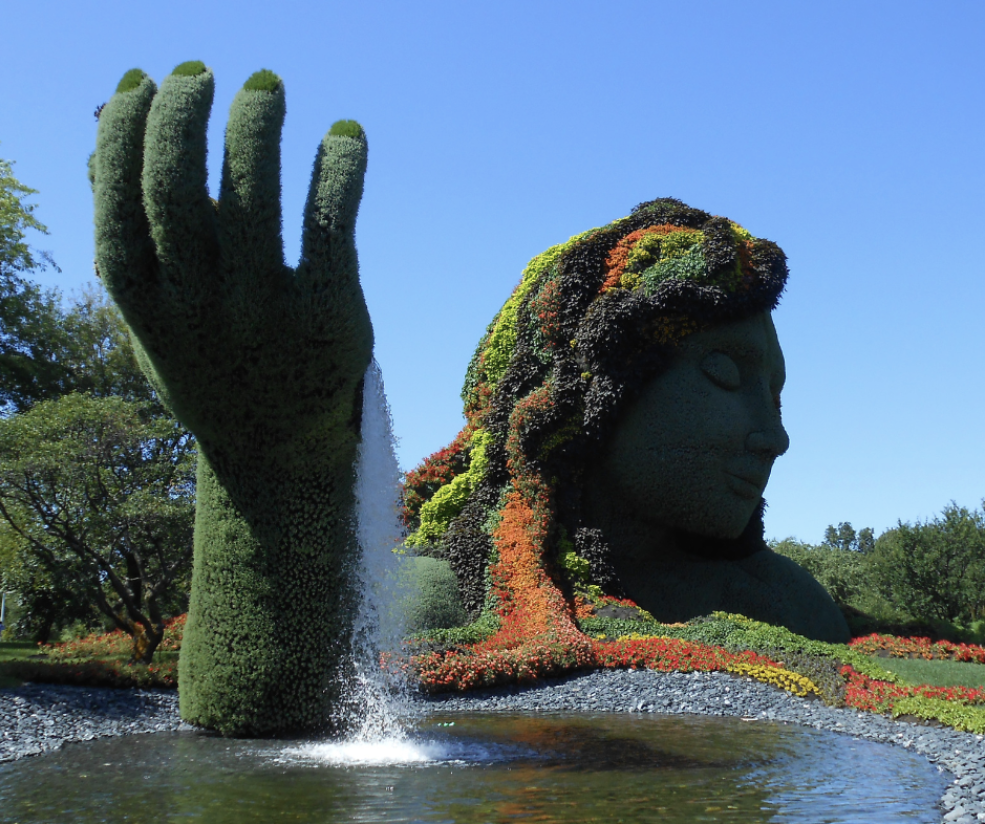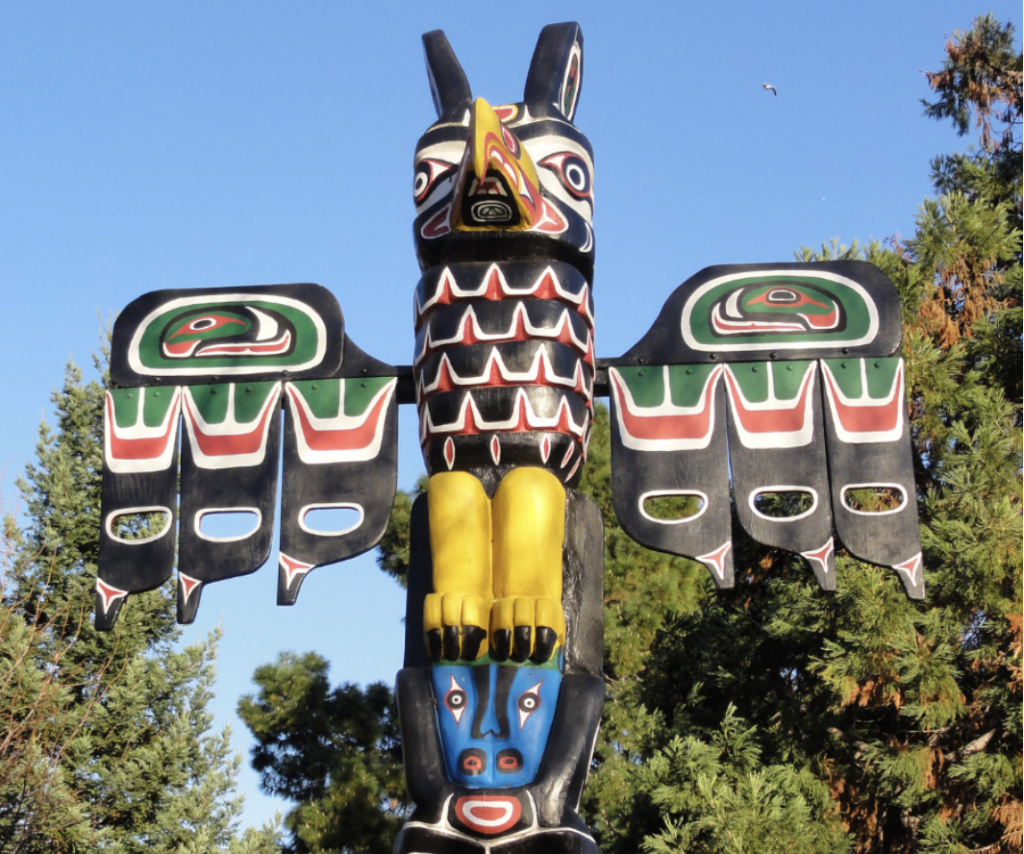
Legal Considerations for Murals and Public Art
Murals and public art can significantly enhance an urban landscape, making art accessible to the entire community as well as serving as markers of community identity. But the creation and installation of these works of art comes with a complex web of legal considerations. Artists, property owners, and local governments must navigate the myriad legal issues and concerns applicable to public art projects. This article outlines some of the key legal considerations relevant to murals and other public art.
-
Copyright Ownership and Permission
One of the fundamental legal questions in public art is ownership. The first step in any public art project is to secure the rights to the wall or other space where the work will be placed and displayed. Before work begins, the artist or sponsoring organization and the owner of the property on which the art will reside must enter into a written agreement providing explicit permission to use the property for public art, among other issues, including:
- Any maintenance and repair obligations,
- Ownership of the work of public art (typically held by the property owner),
- Ownership of the underlying intellectual property (typically retained by the artist),
- Plans for what happens if the physical location or building is sold (does the agreement run to the new owner, effectively acting as an easement on the property?),
- Consideration of whether the property owner can alter or destroy the work,
- The specifications of the work of public art, including size, medium, and any content restrictions (i.e., no religious content, no sexual content, etc.),
- Agreement on how long the work will stay up, and
- The dates and times set for installation of the work, among other issues.
-
Photo by Mohan Nannapaneni from Pexels Moral Rights
Artists in some jurisdictions throughout the world have robust moral rights, which protect the artist’s personal and reputational interests in their work. In the U.S., though, moral rights are somewhat limited. However, in addition to copyright, thanks to the Visual Artists Rights Act (“VARA”) and common law, when it comes to public art, artists do have strong moral rights. These rights typically include:
- Attribution: The right to be recognized as the creator of the work.
- Integrity: The right to object to any derogatory treatment of the work, including destruction or mutilation.
Artists should be aware of their moral rights and negotiate their inclusion in licensing agreements when working on public art projects, with specific reference to VARA.
-
Zoning and Permitting
Public art installations may require compliance with local zoning laws and permitting processes. Many municipalities have specific regulations governing public art, which may include:
- Permits: Some cities require artists and property owners to obtain permits before installing murals or other public art. This process may involve submitting designs for approval to ensure they align with community standards.
- Zoning restrictions: Local zoning laws may dictate where murals or other public art can be located, particularly in historic districts or residential areas.
- Content restrictions: Different local rules may apply depending on whether the public work touts a business or brand or if the work is purely artistic.
Artists and property owners should consult local government websites or offices to understand the necessary permits and zoning regulations before starting a project.
-

Photo by Nilda Guzman from Pexels Funding and Sponsorship
Many public art projects are funded through grants, sponsorships, or crowdfunding. Each funding source may come with its own legal considerations:
-
Grant Requirements
When applying for grants, artists must adhere to specific guidelines that may include:
- Reporting requirements: Grantors often require detailed reports on the project’s progress and outcomes.
- Intellectual property rights: Some grants may stipulate ownership of the final work or require the grantee to license the work back to the grantor for promotional purposes.
-
Sponsorship Agreements
If a business sponsors a mural, a formal sponsorship agreement is highly recommended. This document should outline the expectations of both parties, including:
- Financial contributions: Clearly state the funding provided.
- Branding and promotion: Specify how the sponsor’s brand will be represented, if at all.
-
Community Engagement and Controversy
Public art is inherently a community endeavor, and engaging with local stakeholders is crucial. However, it also opens the door to potential controversies, especially if the artwork addresses sensitive social or political issues. Be prepared to engage on these matters. Art is subjective and is unlikely to please everyone.
-

Image courtesy of Canva Community Input
Some cities require public input for art projects, particularly those funded by taxpayer money. This process may involve public meetings or other processes providing public input. Failure to engage the community may lead to backlash, vandalism, or legal challenges.
-
Controversial Works
Artists must consider the potential for controversy. While artistic expression is protected under the First Amendment, local governments may have the authority to remove or cover works that are deemed offensive or inappropriate. Artists should discuss potential content sensitivities with stakeholders to minimize the risk of backlash.
-
Vandalism and Maintenance
Public art is often exposed to the elements and potential vandalism. Legal considerations regarding maintenance and restoration can arise and should be addressed in the agreement between the artist and the property owner.
-
Liability Issues
Property owners and artists should clarify liability responsibilities in their agreements. For example, if a mural is vandalized, who bears the cost of repair? Who is liable if an individual brings a right of publicity claim because they are depicted in a mural with an arguably commercial message without their consent? These details should be explicitly outlined in the agreement between the artist and property owner to prevent potential misunderstandings.
-
Preservation Laws
Some public artworks may fall under preservation laws, especially if they are deemed historically or culturally significant. Artists and property owners should be aware of any legal protections that may impact maintenance, restoration, and removal of the work.
-
Insurance and Liability
Artists and property owners should consider obtaining insurance to protect against potential liability associated with public art projects. This may include:
- General liability insurance, which covers injury or damage that occurs as a result of the art installation.
- Property insurance, which protects against damage to the mural or public art itself.
-
Indemnification Clauses
In contracts, indemnification clauses can protect one party from liability resulting from the actions of another. For instance, if the artist’s work leads to damage or injury, the property owner may seek indemnification from the artist. Indemnification provisions must be carefully considered.

Conclusion
Murals and other public art offer significant benefits to communities, but also come with a range of legal considerations. From ownership and copyright to government permitting and community engagement, artists, property owners, and other stakeholders must navigate these complexities carefully. By understanding and addressing these various legal issues, public art can thrive and be a significant source of community pride.
________________________
Authors bio:
Co-founders of intellectual property law firm Crown® LLP, Elizabeth J. Rest and Owen Seitel have a passion for Advising Creativity®. Elizabeth is a brand builder and portfolio protector, focused on trademarks and copyrights, and Owen has more than 30 years of experience with commercial endeavors, transactions, and disputes involving intellectual property and broader business matters. They can be reached at [email protected] and [email protected].